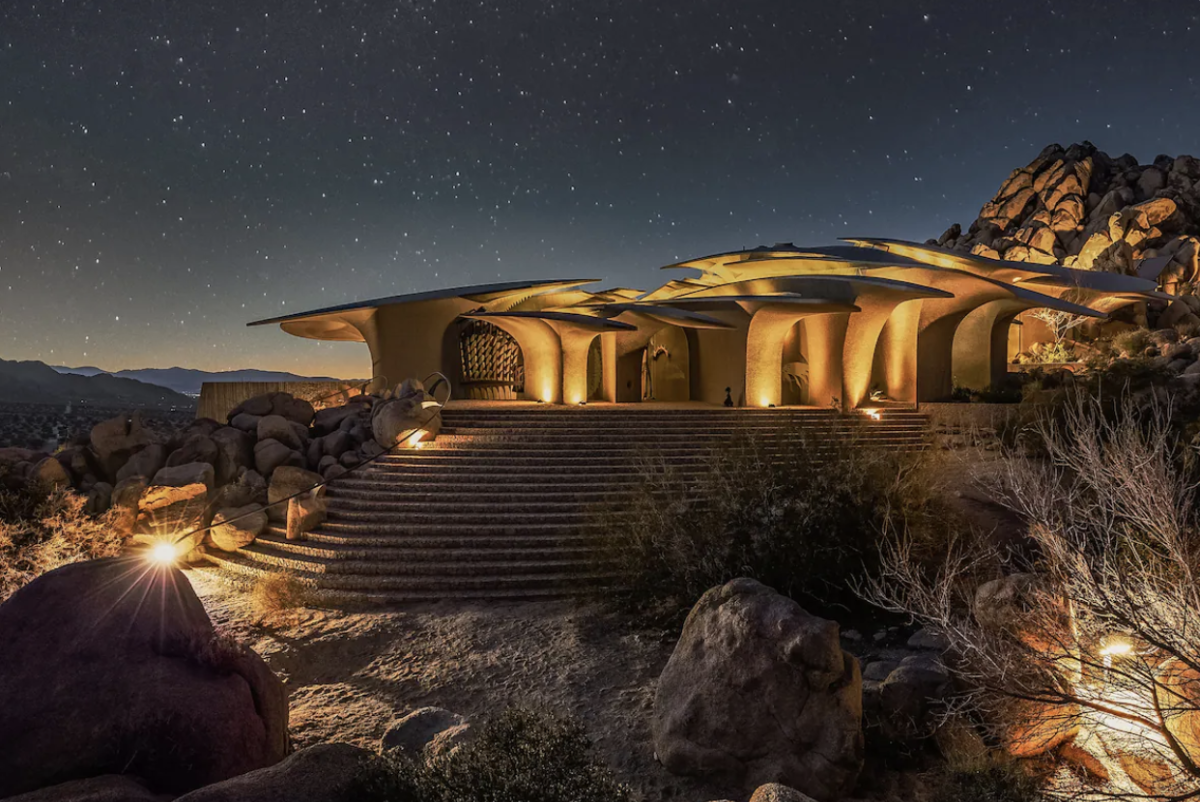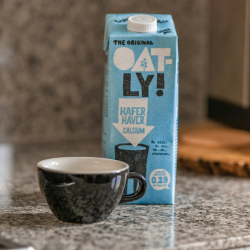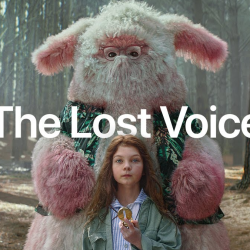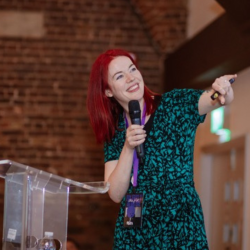The new Airbnb redesign — the brand’s biggest in a decade — prioritises properties over destinations and includes a new search bar that nudges users to pick from different categories of activities, from surfing to camping.
The changes were a masterclass in listening to customer needs, capitalising on these new behaviours and understanding the current climate — all of which have clear business benefits and strengthen not only the customer experience but the bottom line. For example, while people were not working in offices, they had the opportunity to work from well — almost anywhere, provided it was a safe environment, and so Airbnb would have seen longer stay bookings but not necessarily international travel. The brand also took note of added security that consumers wanted to see in order to make their bookings — when people feel safe, as they do with AirCover, they are more likely to feel more comfortable in their decisions. As a result, this became a stronger offering — a simple idea borne out of their own user data and needs.
Similarly, these changes from Airbnb didn’t all land in one day
They have been incremental, giving users time to get used to new features and the business enough data to see what is working. The introduction of flexible bookings is a good example of building on a previous Airbnb update: the “I’m Flexible” button. This gave customers the opportunity to choose from unexpected locations and venues like a tree house or a boat, rather than strictly searching for a house or a flat to stay in. When millions of users took up this habit, it was clear that this would be an important feature to carry forward.
All brands with digital products can monitor how customer needs are changing, and track how customers are using products to see where the brand needs to react to a change in landscape. Brands should take changing customer needs as an opportunity — as did Airbnb, by monitoring how people’s habits were changing with the type of places they were booking; they changed their strategy to respond to this and are reaping the benefits. When others look to consider these strategies, it’s a good idea to be prepared to take the knocks and adapt if the feedback doesn’t support a new brand direction, or further develop new changes that customers clearly appreciate.
Brands can do a similar change by harnessing their own data and working to understand the messages that are often in there. To be bolder, they may want to run surveys — literally asking people what they want can be illuminating. A brand community is a great resource for direct, valuable feedback about customer satisfaction. By including the community in the decision making, brands can foster deeper and more loyal relationships.
The one thing to remember is that many brands spit out surveys with only their own business in mind. If you couch those questions in favour of the user and be sure to communicate that the purpose is to provide an improved service, then consumers are less likely to turn down the opportunity to have their say and help shape the end product.
Being nimble is part of being digital these days
To those who are undergoing a digital transformation, it’s important to know that this is an agile and ongoing process. You can’t really just create an app or online service and not expect customer requirements or current events to change. So it’s important to know that digital services should be subject to change and always in the favour of the customer.
At Future Platforms, we published research ranking the effectiveness of 10 booking journeys, including Airbnb, Google Flights, Zipcar, Ocado, and OpenTable — Airbnb scoring the highest, even before its redesign. It’s clear that this business, and all of those in the top five, have customers at the heart of what they do. They design for the people using the product. With two comparable technical products side-by-side, people wouldn’t choose the one that was harder to use or engage with. So how do you get people to choose your brand over others? Design an experience that transcends the booking transaction. What Airbnb does really well is allow its users — both hosts and travellers — to trust the brand and to buy into that human connection.
Another theme that these high performers have in common is design for emotion and not just function. This is what allows them to stand apart. A booking service could look like any other, but through personalisation and tailoring the service over time, brands can add moments of delight and surprise that make the journey memorable. A design with a distinctive look and feel unique to your brand, with an appropriate tone-of-voice for your identity, will further encourage brand loyalty and make the process memorable. A little friction also goes a long way — especially when it comes to booking. These are services where customers are parting with money — sometimes quite a lot of money — so slowing part of the process down to provide feedback and confirmation elevates trust and means that customers will feel assured that this is a service they would recommend and continue to use.
In total, brands that use their data wisely, are prepared to be agile, can bring emotion to their services and answer customer needs are the ones that inevitably end up as top performers and headline-makers (for good reasons).
Featured image: Airbnb






























